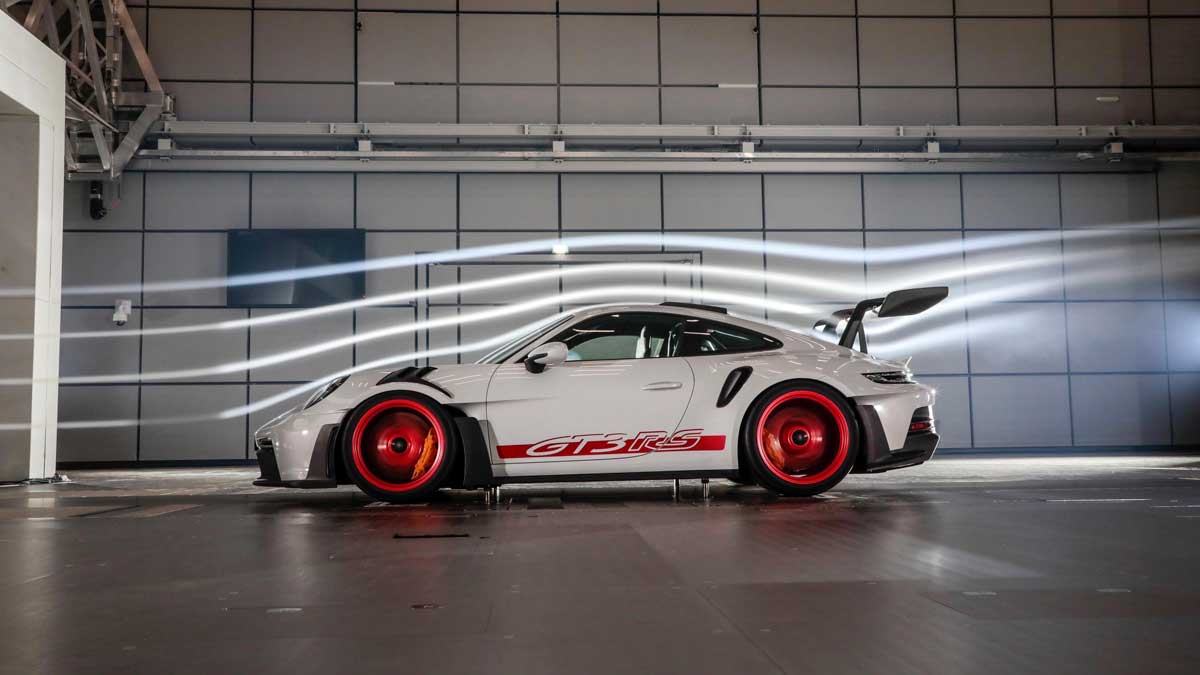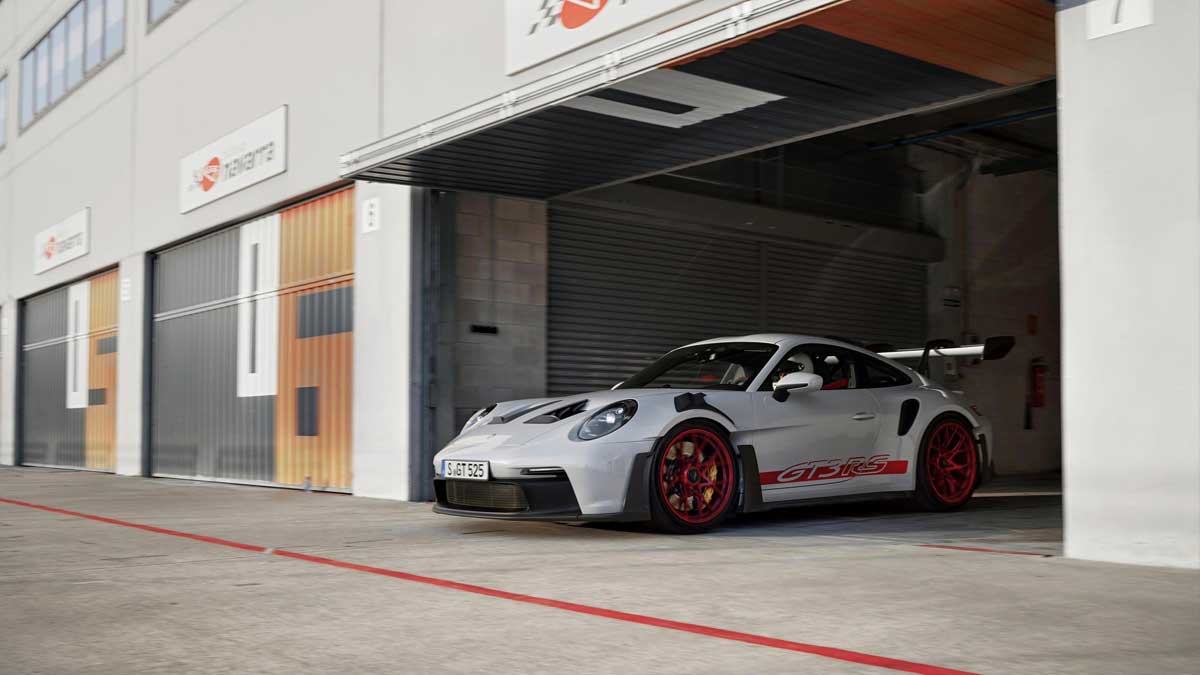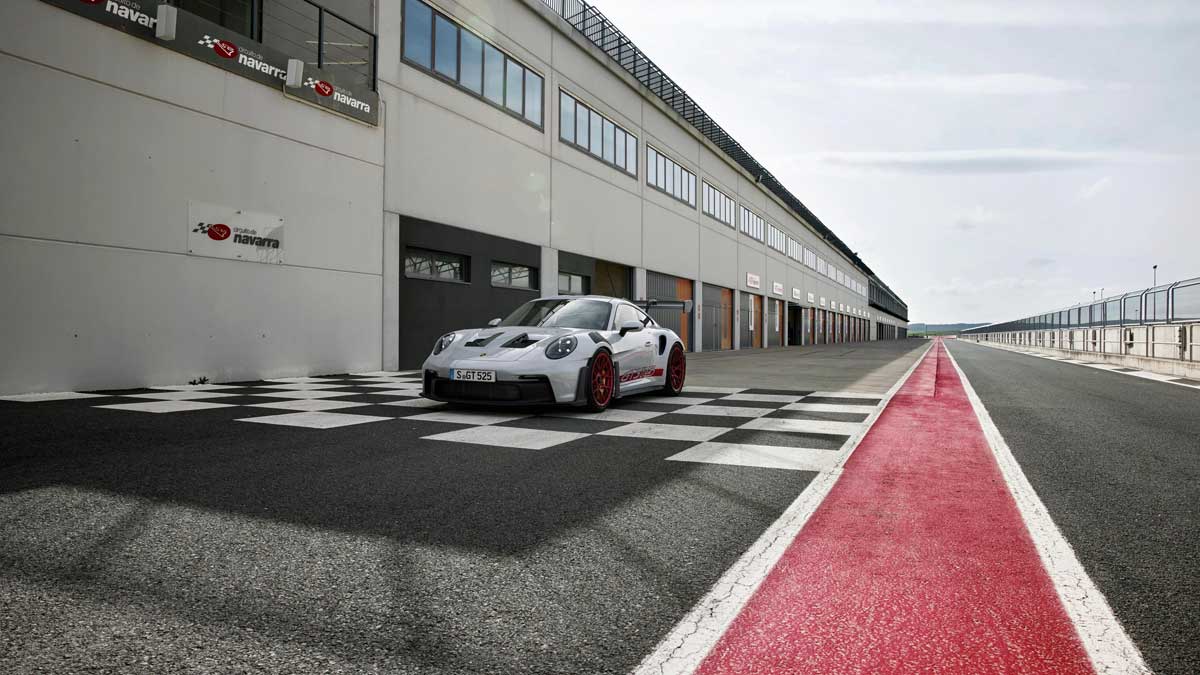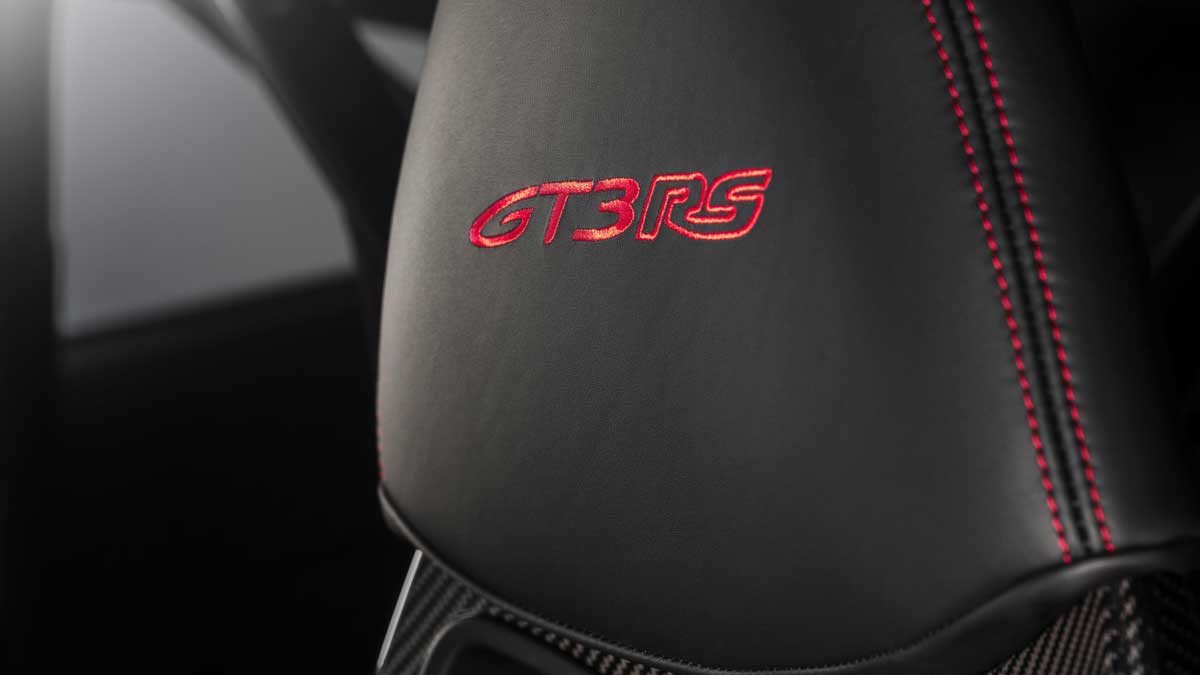Porsche 911 GT3 RS world premiere
The new Porsche 911 GT3 RS will officially have its world premiere on August 17, 2022, and details have been announced.

I would like to take a look at the details of what kind of car the Porsche 911 GT3RS (992.1) has been announced this time, in bullet points below:
What kind of car is the new Porsche 911 GT3 RS?
- High-performance sports car capable of driving on public roads
- Lightweight construction, high-revving naturally aspirated engine, and cooling and aerodynamics system primarily from the Porsche 911 GT3 R

Central radiator concept: the basis of active aerodynamics
- The central radiator concept, first used in the Le Mans-winning Porsche 911 RSR and later in the 911 GT3 R, forms the basis for this performance improvement.
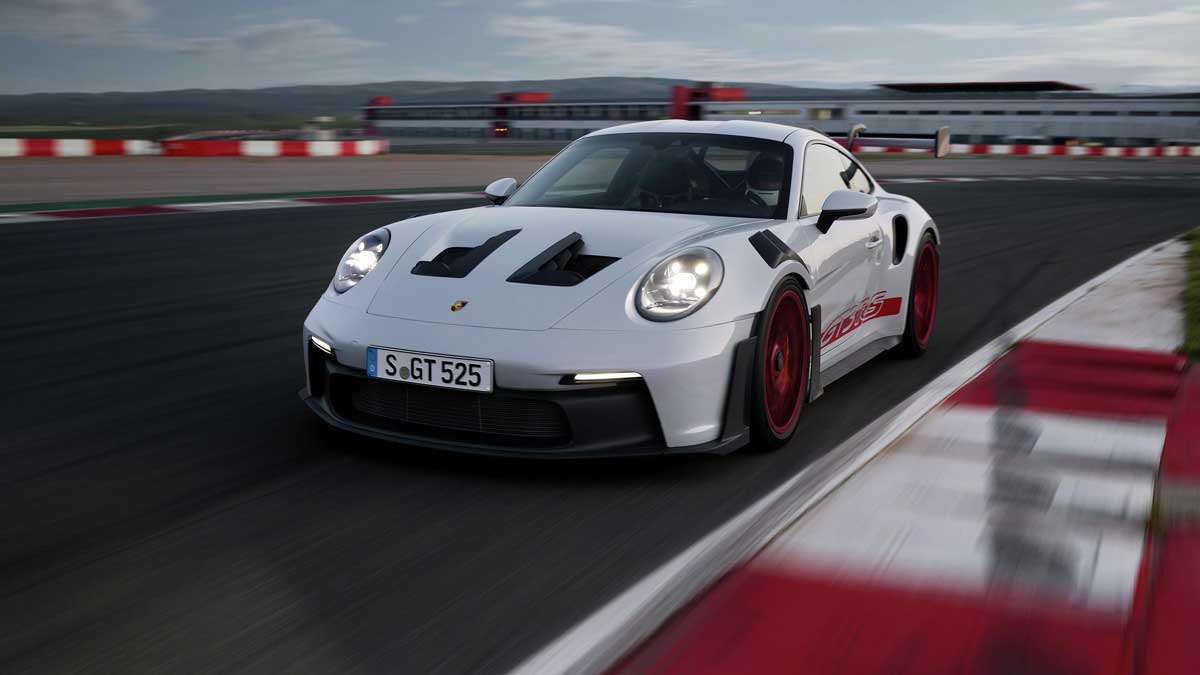
- Previously it was a 3 radiator layout, but from this time it is a center radiator in the large and angled nose of the car (usually called flank space).
- This leaves space on the sides, which can be used to integrate active aerodynamic elements.
- The infinitely adjustable front and rear wing splits and other aerodynamic measures combine to generate a total of 409kg of downforce at 200km/h.
- This downforce value is twice that of the predecessor (991.2 type) GT3 RS, and three times that of the 992.1 type GT3.
- Downforce of 860 km at 285 km / h

First DRS installed in Porsche (production model)
- This time, for the first time as a production model Porsche, a drag reduction system (DRS) is installed.
- Wings can be flattened by pressing a button within a specific operating range (to reduce drag and increase speed in the straight line of the circuit)
- Airbrake function activates during emergency braking at high speeds
- The front and rear wing elements are set to maximum, creating an aerodynamic deceleration effect that greatly supports wheel braking
Distinctive large rear wing
- The distinctive feature is the swan neck rear wing, which is larger in all
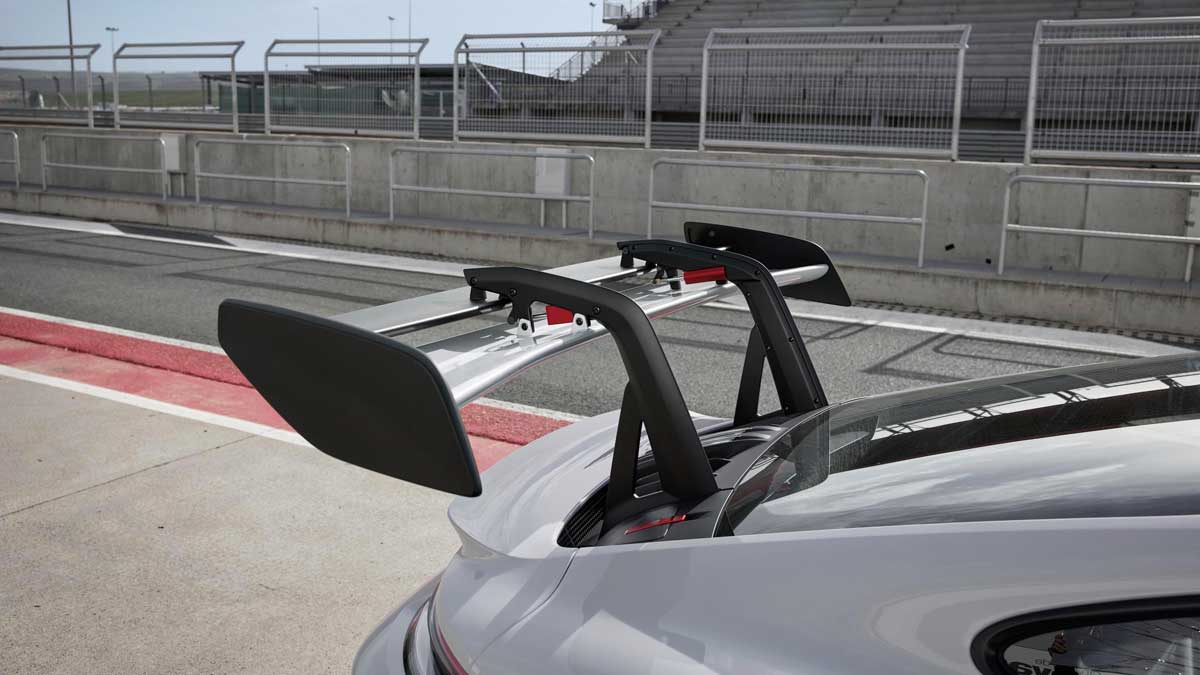
- The rear wing consists of a fixed main wing with a hydraulically adjustable upper wing element above it.
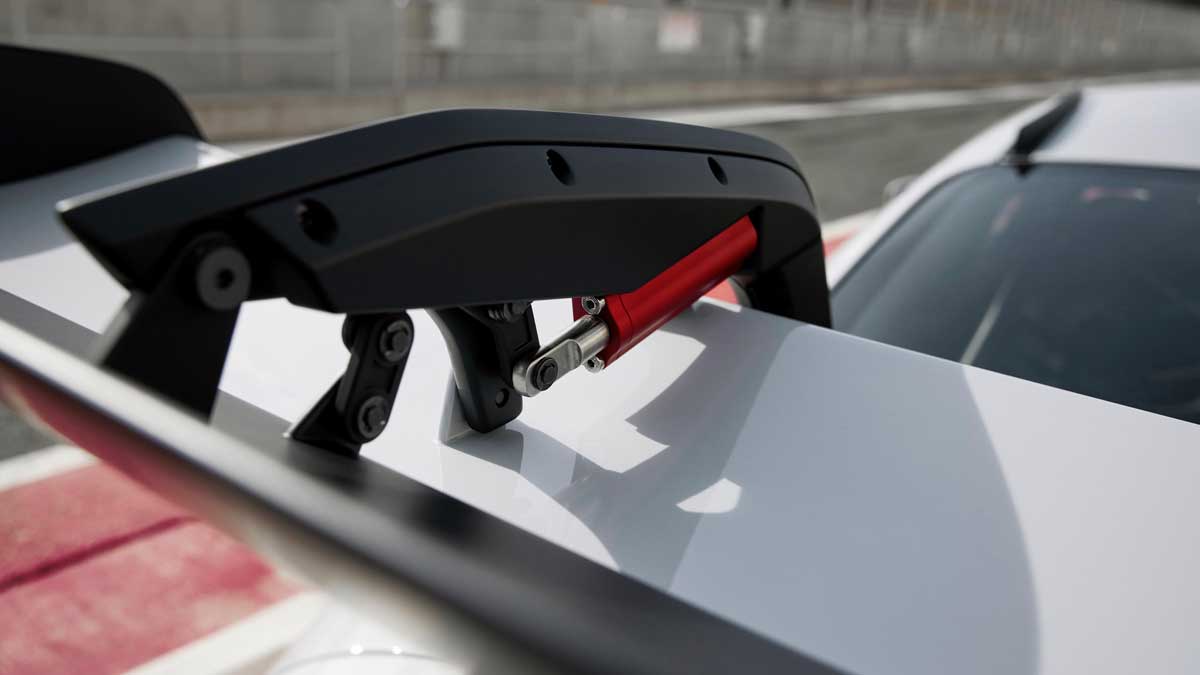
- For the first time in a Porsche production model, the rear wing is taller than the roof of the car itself.

- From this time, the front end has no front spoiler, instead it is equipped with a front splitter that divides the air flow vertically.
- Side blades direct air precisely out
- Front wheel arch ventilation is taken in from the front wing louvre opening
- Inlets behind the front wheels reduce dynamic pressure in the wheelarches (this is the style from the Le Mans-winning 911 GT1)
- Side blades behind the intake channel air to the sides of the vehicle
- Air from the centrally located radiator exits through a raised opening in the front lid

- Fins on the roof direct air outwards, lowering rear intake air temperature

- The openings in the rear side panels are used only for aerodynamic purposes and do not take in process air.
- The rear wheel arches also have intakes and side blades to optimize airflow.
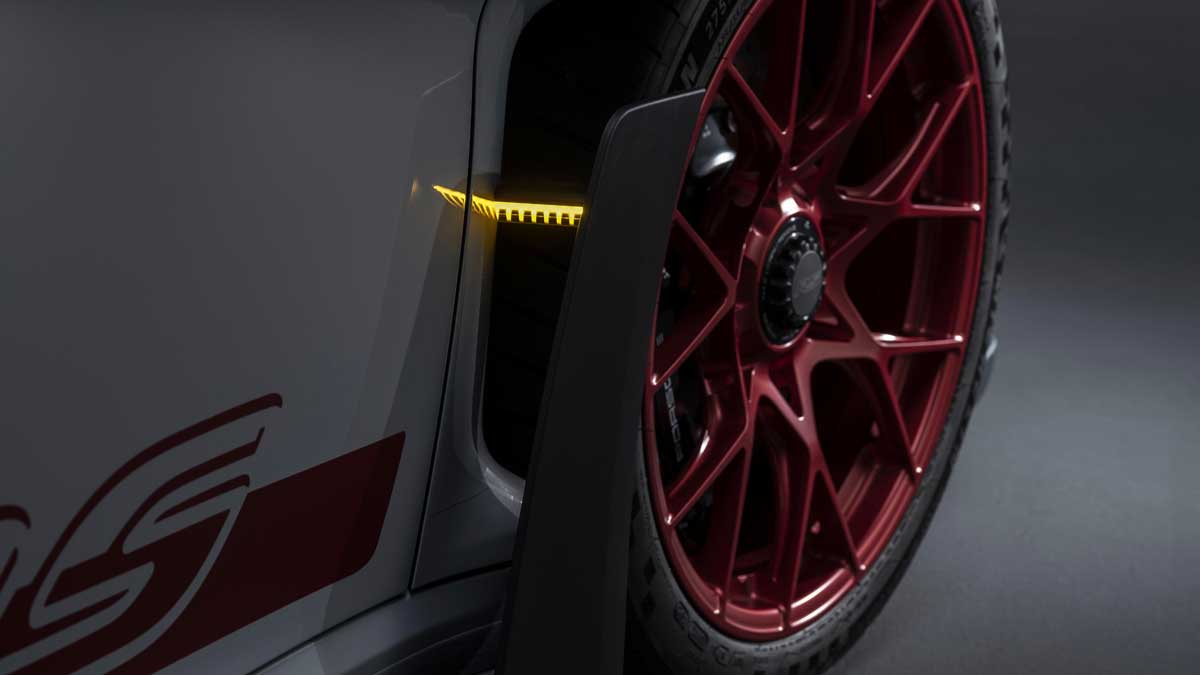
- The rear diffuser is the same as the 911 GT3, but slightly modified
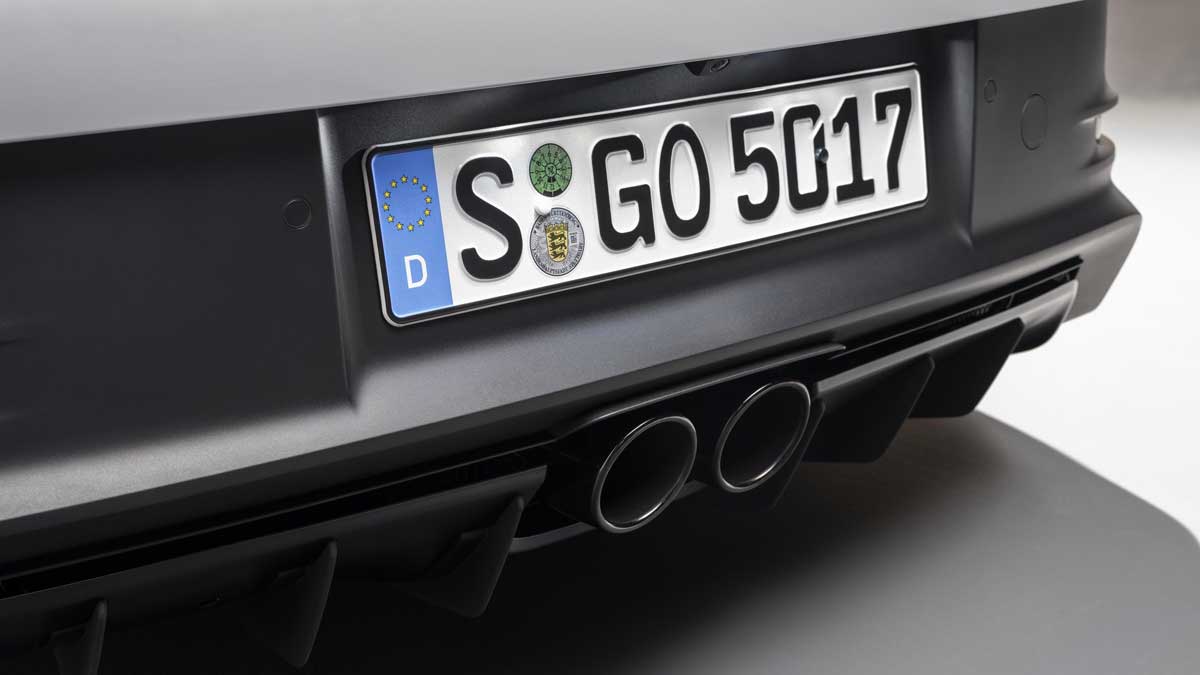
Truck suspension adjustable from the driver's seat
- Even the suspension takes aerodynamics into account
- The double wishbone on the front axle is designed as a teardrop type (to respond to the strong airflow from the wheel arch).
- These aerodynamic suspension links add around 40kg of downforce to the front axle at top speed.
- The track width is wider (29 mm wider than the 911 GT3), so the double wishbone front axle link is also longer.
- Pitching during braking is greatly reduced in order to maintain the downforce balance between the front and rear axles even when braking from high speed.
- The front ball joint of the lower trailing arm is set low on the front axle
- The rear multi-link suspension with changed spring rates has also been adjusted
- Driver assistance systems and rear-axle steering are also more dynamic.
- The 911 GT3 RS has three driving modes: Normal, Sport and Track
- Individually adjustable basic settings in track mode
- Rebound and compression damping on the front and rear axles can be individually adjusted in several stages, even in normal and sport mode
- The rear differential can also be adjusted from the dial (rotary switch) on the steering wheel, using the controls and displays from Motorsport, which is quick and intuitive.
- Four dials and a button for DRS are placed on the steering wheel
- The contents of the four dials are as follows:
- White: drive mode
- Yellow: ESC/TC (Electronic Stability Control = PSM)
- Blue: PTV+ (Porsche Torque Vectoring Plus)
- Red: PASM (Porsche Active Suspension Management)
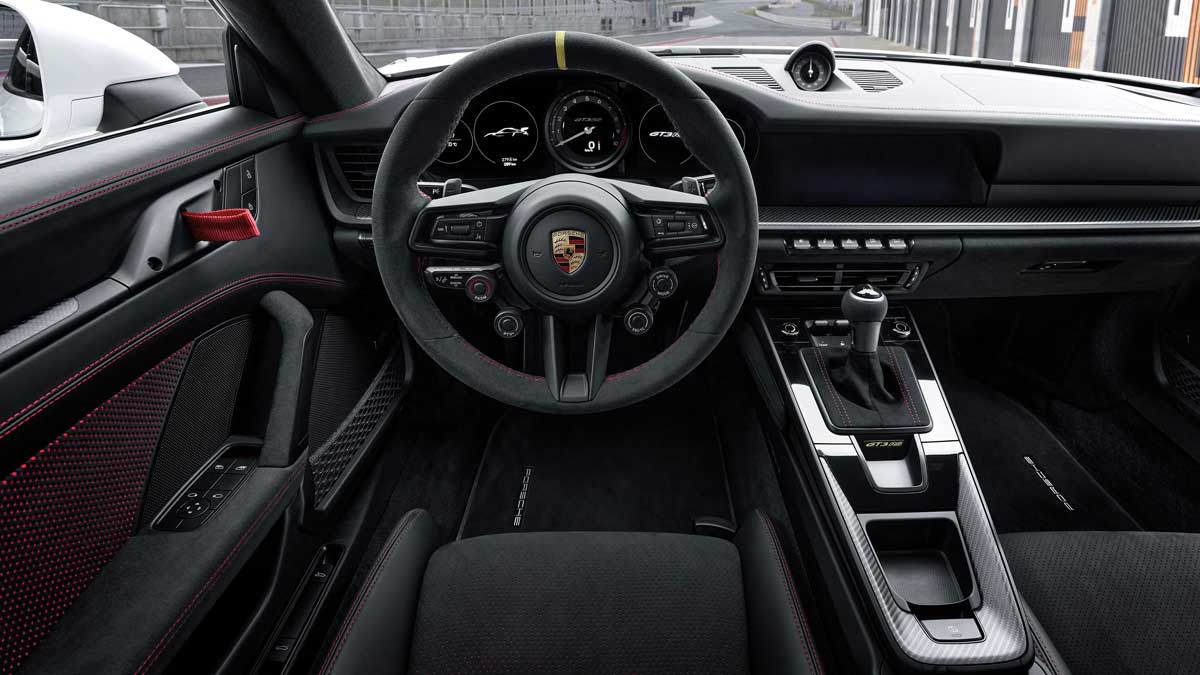
- Operations on the steering wheel dial are clearly displayed in the instrument cluster (when operated)
- Also equipped with a track screen, which is already equipped on the 911 GT3 → With the push of a button, the two 7-inch displays on either side of the tachometer can be displayed only for important information
- The left and right shift indicators of the analog tachometer are also the same as GT3
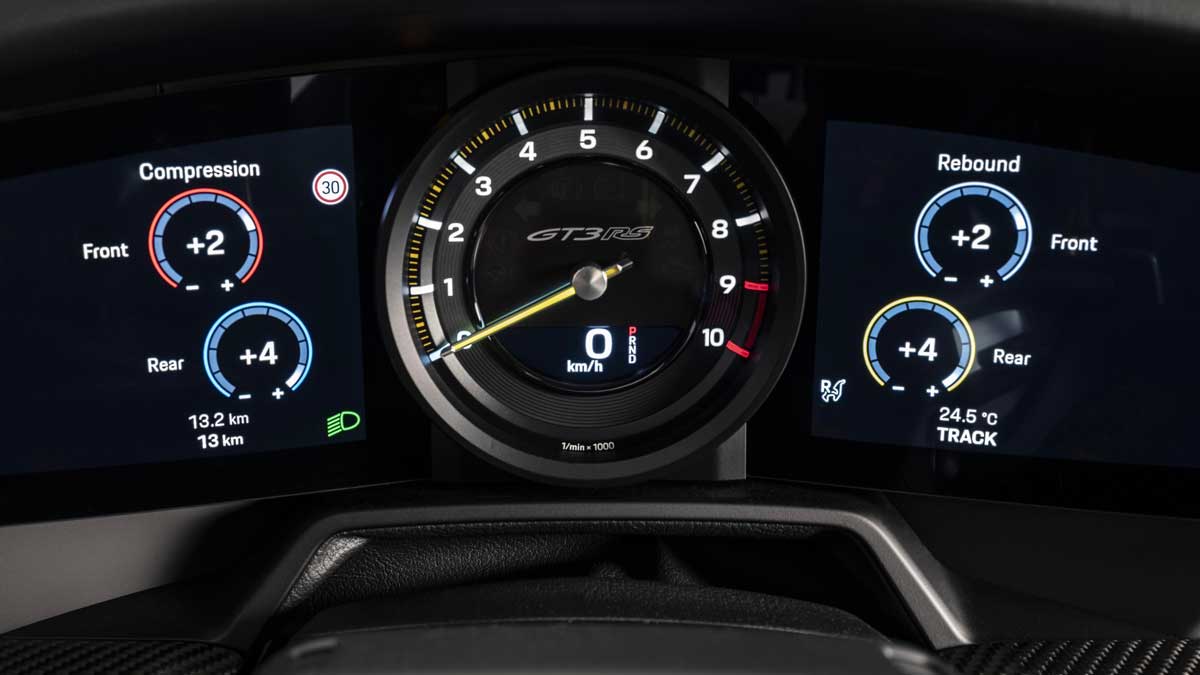
Equipped with a high-speed 4-liter horizontally opposed 6-cylinder engine
- The 4-liter high-revving NA engine is even more optimized than the 911 GT3
- Mainly a new camshaft with modified cam profile increased horsepower to 525PS
- Single throttle intake system and rigid valve drive derived from motorsport
- The transmission is a 7-speed PDK, and the overall gear ratio is shorter than the 911 GT3
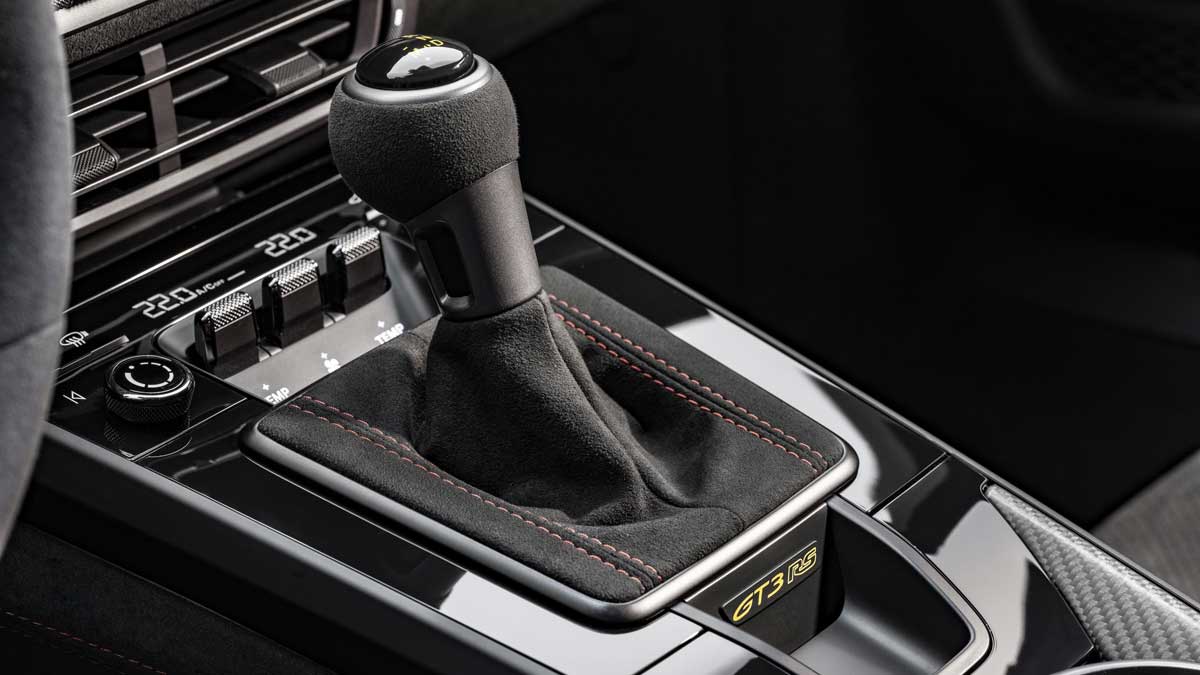
- Underbody air intakes allow the transmission to withstand extreme loads, even on frequent circuit runs
- 0-100km/h is 3.2 seconds
- Top speed is 296km/h in 7th gear
- Front axle with opposed 6-piston aluminum monobloc fixed calipers and 408 mm diameter brake discs
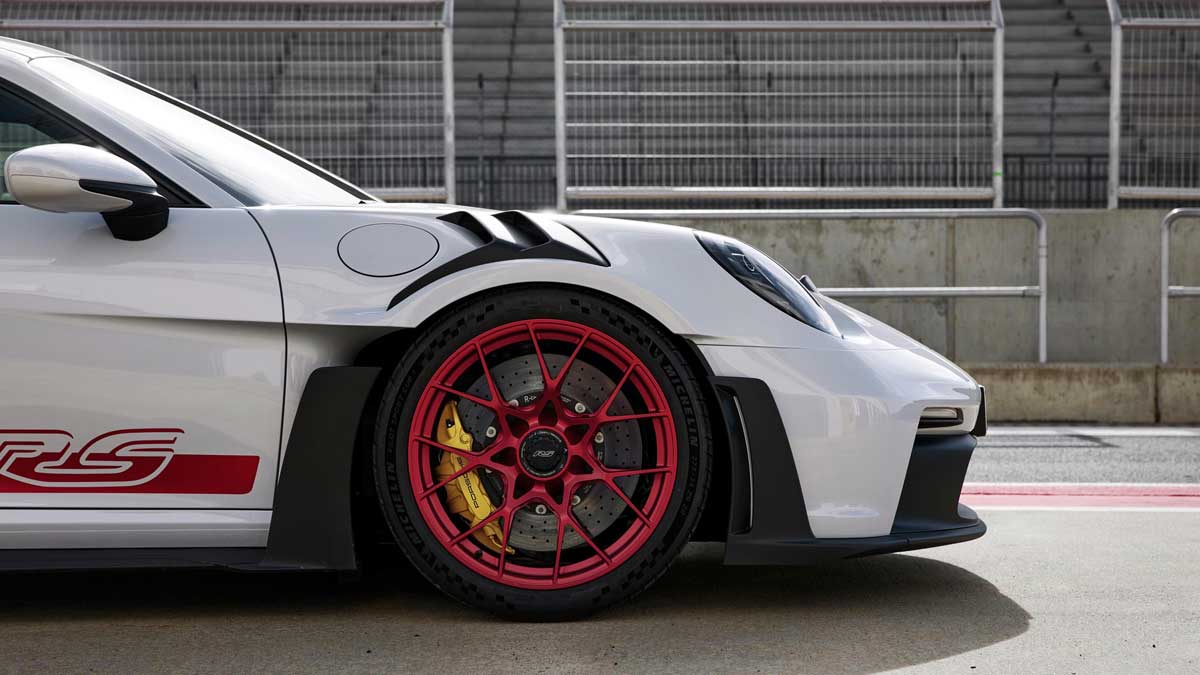
- Compared to the 911 GT3, the piston diameter has increased from 30mm to 32mm, and the disc thickness has increased from 34mm to 36mm.
- Rear axle has fixed 4-piston caliper brakes and 380mm diameter brake discs

- Optional Porsche Ceramic Composite Brake (PCCB) with 410 mm discs on the front axle and 390 mm discs on the rear axle
- Standard wheels are center-lock light-alloy forged wheels
- Road-legal sports tires are 275/35 20″ front and 335/30 21″ rear
Lightweight construction
- By using a lot of CFRP (carbon fiber reinforced plastic), the weight of this 911 GT3 RS is 1,450 kg (curve weight by DIN).
- Doors, front wings, roof, front lid, etc. are made of CFRP, and CFRP is also used for the interior such as standard full bucket seats.
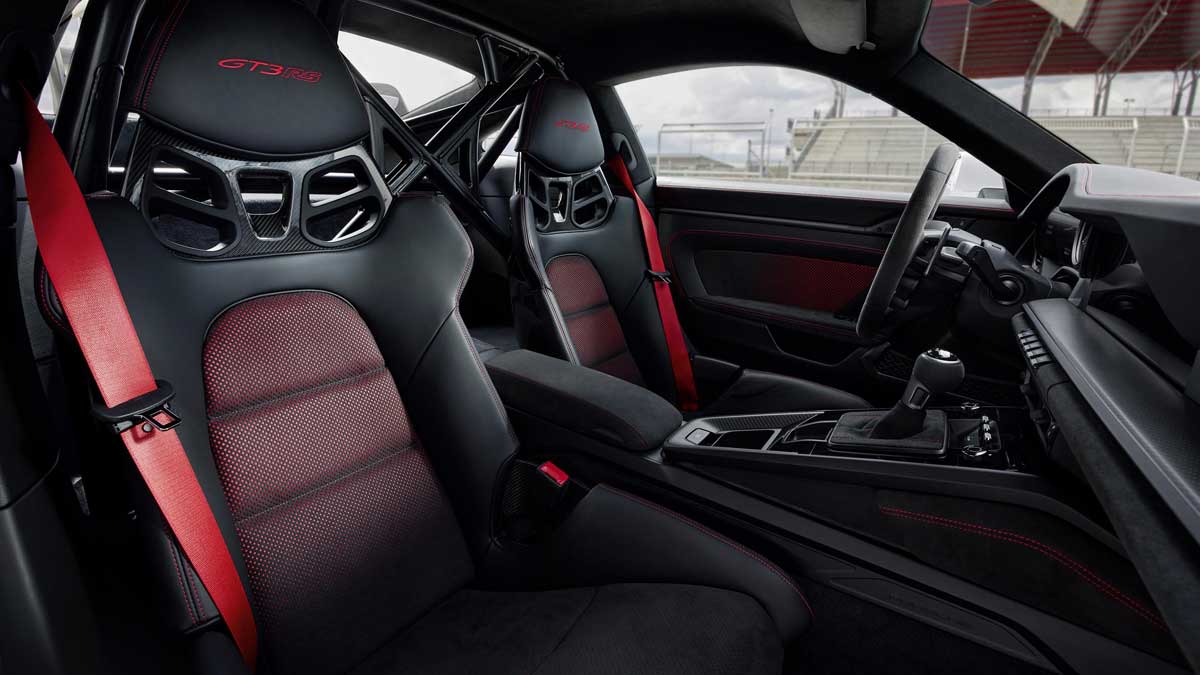
Clubsport and Weissach packages available
- The interior has a sporty feel with black leather, lacetex and a carbon weave finish.
- Clubsport package available for 911 GT3 RS at no extra cost
- Clubsport package includes steel rollover bar, fire extinguisher and 6-point seat belts
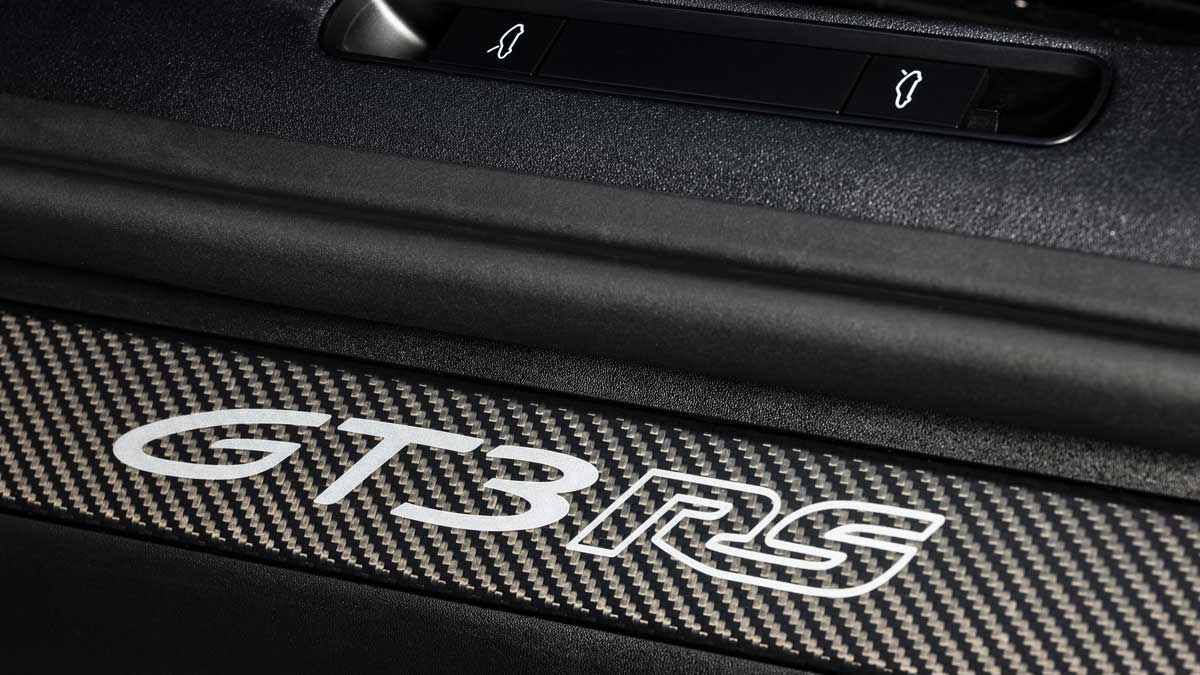
- Weissach package available as an option (additional charge required)
- The Weissach package includes a carbon textured finish on the front lid, roof, rear wing parts and upper side mirrors, as well as CFRP front and rear anti-roll bars, rear coupling rods and rear axle sheer panels.
- The first CFRP rollover bar is about 6kg lighter than its steel counterpart
- PDK's shift paddles with magnetic technology from motorsport are another highlight of the Weissach package
- Gear changes are more dynamic with more precise pressure points and a clearly perceptible click with these PDK shift paddles
- The Weissach package also offers the option of forged magnesium wheels, resulting in an additional weight reduction of around 8 kilograms.
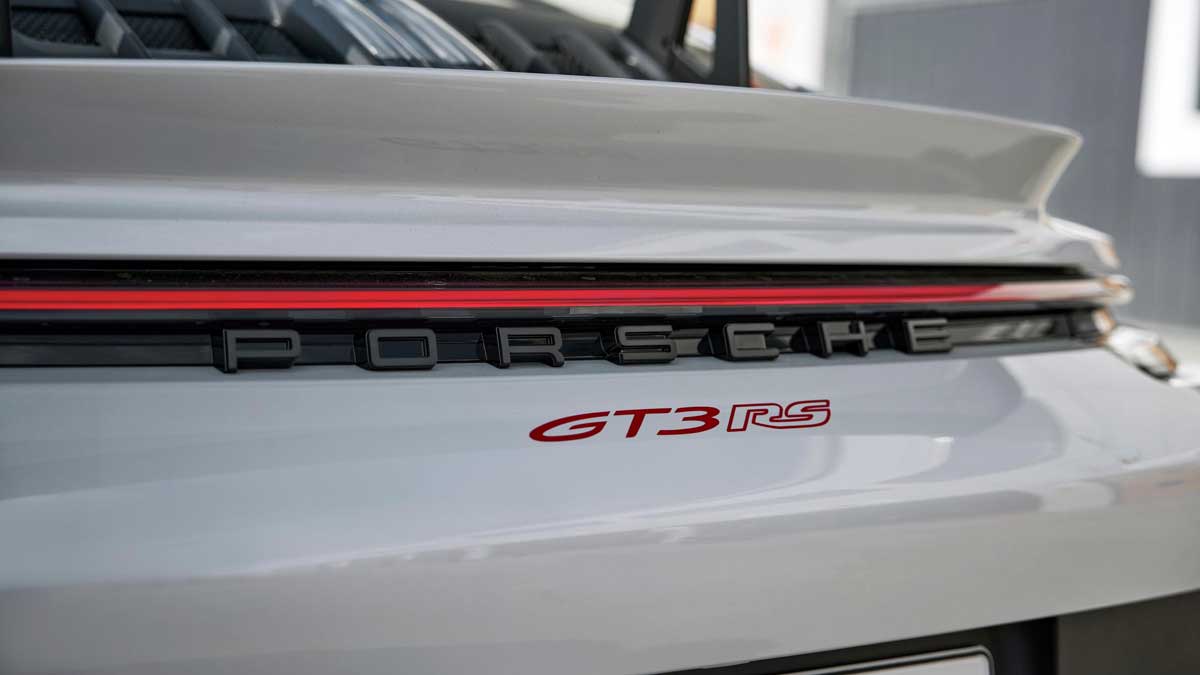
After all there is also a clock: Porsche Design Chronograph
- Porsche's watchmaking department in Solothurn, Switzerland develops the 911 GT3 RS chronograph, inspired by a motorsport mentality (highest precision is paramount)
- This watch is only available for owners of the new Porsche 911 GT3 RS
- Bead-blasted case base, natural titanium or black titanium with screw-down crown
- Inside the watch is the mechanical Porsche Design chronograph caliber WERK 01.200, which is COSC certified for high precision.
- Flyback function enables start, stop and reset with one action
- Chronograph buttons engraved with Start/Stop and Next Lap
- It's not just a watch that tells the time, but the bezel also has a pulse system scale.
- Many design features and materials are featured from the 911 GT3 RS
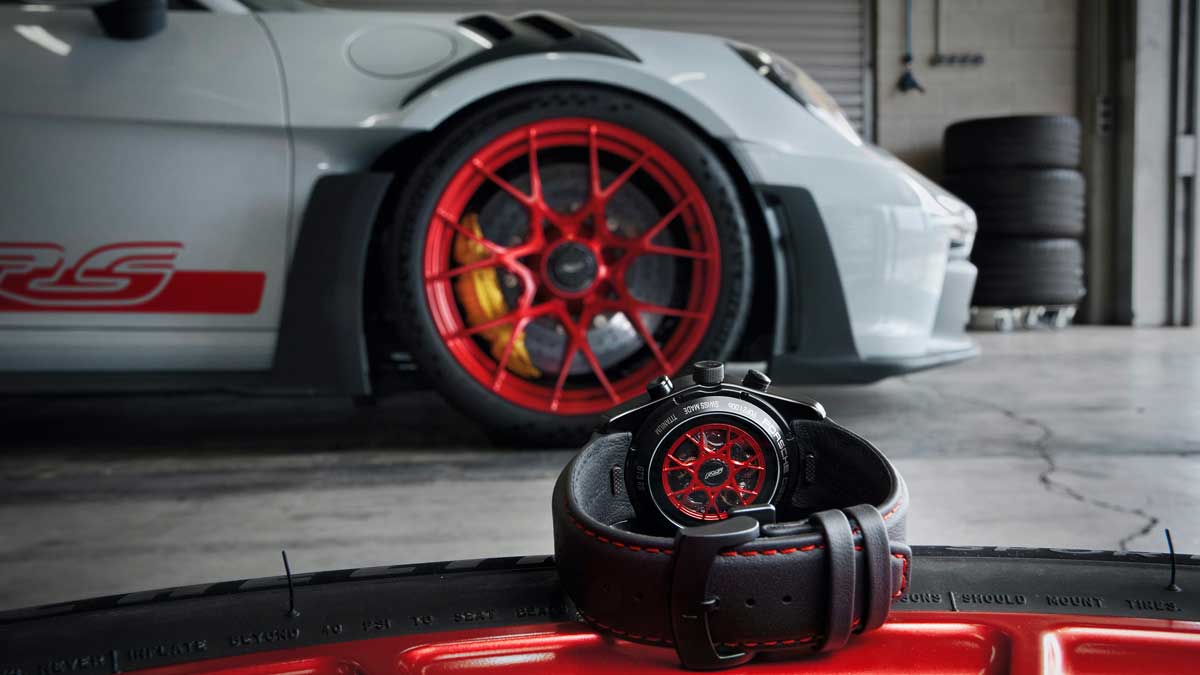
Price of the new Porsche 911 GT3 RS
- The vehicle price in Japan is 31,340,000 yen (tax included), and both left and right steering wheels can be ordered. Because it is an RS model, there is no MT, so the transmission is only a 7-speed PDK
- The price of the vehicle in Germany is 229,517 euros (approximately 31.56 million yen) *Price of 19% including VAT
- US price is $223,800 (approximately 30.24 million yen) *Price does not include US handling fee of $1,450
New Porsche 911 GT3RS World Premiere Video
Source:
◆(Official) The new Porsche 911 GT3 RS
◆(Official) Purpose-built for performance: the new Porsche 911 GT3 RS
◆(Official) The new Porsche 911 GT3 RS, designed for performance
Related article:
◆2023 Porsche 911 GT3 RS (992.1) information seems to have leaked before the world premiere








